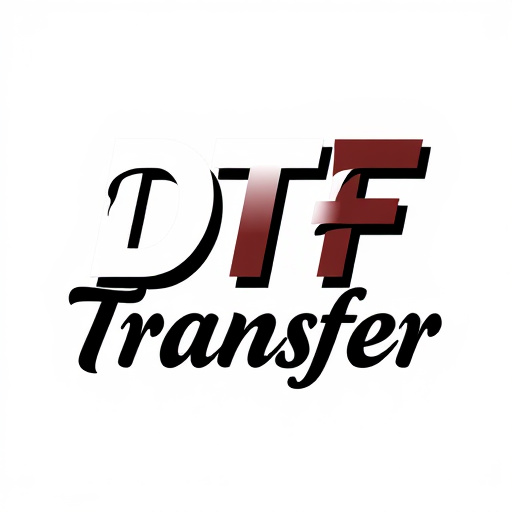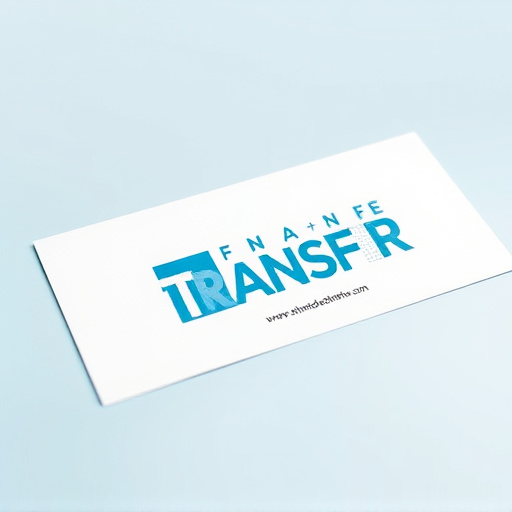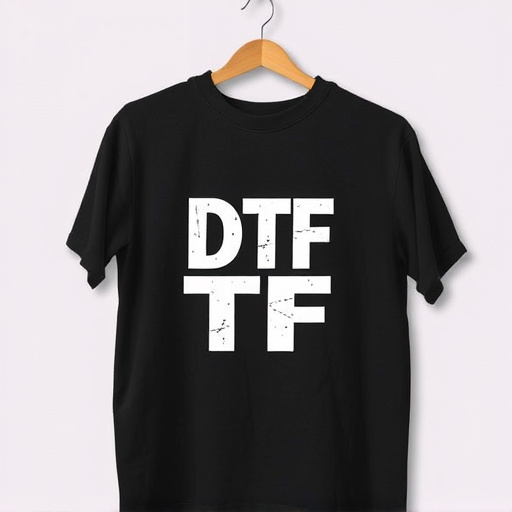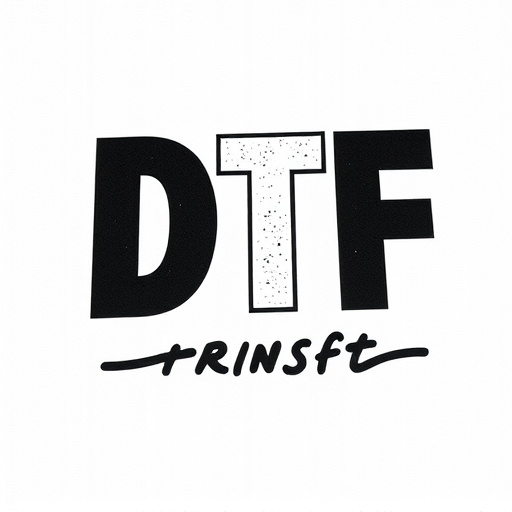Direct-to-Film (DTF) technology revolutionizes film preservation and reproduction with cutting-edge transfers that create highly detailed, vibrant prints. This cost-effective method appeals to filmmakers and enthusiasts as it produces archival-quality copies without complex chemical processes. Quality assessment is crucial for achieving visually appealing results, while proper preparation ensures optimal transfer integrity. Successful DTF transfers require meticulous calibration, material selection, and attention to detail throughout the process. Regular analysis of print quality helps refine techniques for consistent, high-quality DTF prints suitable for various applications from art reproduction to archival printing.
In today’s resurgence of analog photography, Direct-to-Film (DTF) transfers offer a unique path for creating archival prints. This article delves into the intricacies of DTF printing, focusing on quality assessment through trial transfers. We explore essential steps from understanding DTF processes to optimizing techniques. Learn how to prepare your film, execute tests, analyze results, and identify potential issues. Mastering DTF transfers ensures the production of exquisite, long-lasting prints, preserving cherished memories for generations.
- Understanding Direct-to-Film (DTF) Transfers: A Brief Overview
- The Need for Quality Assessment in DTF Printing
- Preparing Your Film for Accurate Testing
- Execution of Trial DTF Transfers: Step-by-Step Guide
- Analyzing Results and Identifying Potential Issues
- Optimizing Your Process: Refining DTF Transfer Techniques
Understanding Direct-to-Film (DTF) Transfers: A Brief Overview

Direct-to-Film (DTF) transfers are a cutting-edge technology revolutionizing the way we preserve and reproduce film content. Unlike traditional printing methods, DTF involves transferring images directly onto film stock, offering unparalleled precision and quality. This process leverages advanced inkjet printers to lay down microscopic layers of ink, creating highly detailed and vibrant prints that closely mimic the original film’s look and feel.
DTF transfers are particularly appealing for filmmakers, archivists, and enthusiasts as they provide a cost-effective way to create archival-quality copies without the need for complex chemical processes. With DTF, every frame is exposed directly onto high-resolution film, resulting in superior image clarity and color accuracy. Furthermore, this method allows for easy customization, enabling users to experiment with various film formats, grain structures, and even custom color profiles to achieve their desired aesthetic.
The Need for Quality Assessment in DTF Printing

In the realm of direct-to-film (DTF) printing, quality assessment is paramount. As DTF transfers and prints gain popularity for their vibrant, high-resolution results, ensuring consistent excellence becomes increasingly vital. Visually inspecting each transfer before application is crucial to catch any defects or misalignments that could negatively impact the final product. This meticulous process involves evaluating factors like image clarity, color accuracy, and overall print integrity, all of which contribute to a seamless and visually appealing finish.
Accurate quality assessment not only guarantees customer satisfaction but also helps refine printing techniques. By identifying recurring issues and making necessary adjustments, printers can optimize their DTF processes, resulting in superior DTF prints. Regular assessments enable them to meet high-quality standards, catering to demanding clients who rely on their expertise for visually stunning outputs.
Preparing Your Film for Accurate Testing

Before subjecting a film to direct-to-film (DTF) transfer testing, proper preparation is key to achieving accurate results. The first step involves ensuring the film is in optimal condition. This includes cleaning the film meticulously to remove any dirt, dust, or debris that could impact the transfer quality. Any restoration work should be done cautiously, focusing on minimal intervention to preserve the original integrity.
Additionally, proper DTF printing setup is crucial. Calibrated equipment and materials specifically designed for DTF transfers are essential. This includes using high-quality print heads and media to capture the film’s nuances accurately. The environment where the transfer takes place should be controlled, with temperature and humidity levels maintained within acceptable ranges to prevent any unintended artifacts or distortions.
Execution of Trial DTF Transfers: Step-by-Step Guide

The execution of a Trial Direct-to-Film (DTF) transfer is a meticulous process that demands precision and attention to detail. It involves several steps, each crucial in ensuring the quality and accuracy of the final DTF prints. Here’s a step-by-step guide to help navigate this procedure:
1. Preparation: Begin by gathering all necessary materials: high-quality film stock suitable for DTF printing, a reliable DTF printer, color profiles tailored for your specific needs, and a clean workspace. Calibrate the printer according to the manufacturer’s guidelines to ensure consistent performance throughout the trial.
2. Design and File Setup: Create or source the design you intend to transfer. Ensure it is optimized for DTF printing, with the correct file format (e.g., PSD, AI) and resolution. Convert the design into a print-ready file, applying any necessary color corrections using your chosen color profiles. This step guarantees that your final prints will accurately represent the desired output.
3. Print Test: Initiate the DTF transfer process, printing a test strip or a small sample of your design onto the film stock. This initial print serves as a benchmark for quality assessment. Check for consistent ink coverage, sharp details, and accurate color representation across the entire print area.
4. Evaluation: Examine the test print closely, considering factors such as image clarity, color accuracy, and any potential issues like smudges or ink bleeding. If adjustments are required, modify your design or printing settings accordingly and repeat the process until you achieve the desired results.
5. Full-Scale Transfer: Once satisfied with the trial print, proceed with the full DTF transfer. Print the entire design on the film stock, ensuring proper alignment and registration for a seamless final product.
Analyzing Results and Identifying Potential Issues
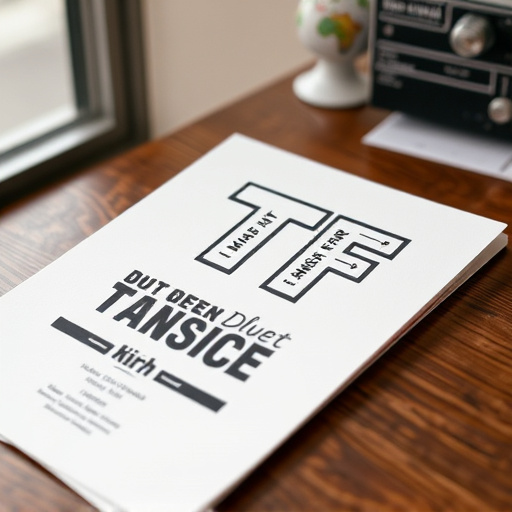
After conducting direct-to-film (DTF) transfers and evaluating print quality, it’s crucial to analyze the results closely. This involves examining DTF prints for any visible artifacts, color inaccuracies, or defects that may indicate underlying issues with the transfer process. By carefully observing fine details, contrast levels, and overall image clarity, professionals can identify potential problems such as ghosting, banding, or uneven exposure.
Identifying these issues early on is essential for refining the DTF transfer technique. It might require adjusting settings, experimenting with different printing materials, or optimizing the scanning process. Proper analysis ensures that any challenges are addressed, leading to improved DTF prints and a more consistent quality outcome. This iterative approach is vital in mastering the art of DTF transfers for various applications, from fine art reproduction to archival printing.
Optimizing Your Process: Refining DTF Transfer Techniques

Optimizing Your Process begins with a deep understanding of DTF Transfer techniques. By refining your approach to direct-to-film (DTF) transfers, you can significantly enhance print quality and efficiency. This involves selecting the right film for your media, calibrating your exposure settings precisely, and ensuring consistent substrate preparation. Utilizing advanced hardware like high-resolution printers and accurate registration systems is paramount to achieving crisp, vibrant DTF Prints.
Furthermore, software integration plays a crucial role in streamlining your workflow. Automated cutting tools and precise registration software minimize waste and ensure each DTF Transfer is flawless. Regular calibration and testing against industry standards help you maintain consistent quality across batches. This meticulous attention to detail will not only optimize your DTF Printing process but also elevate the final product, making it a standout choice for professional applications.
